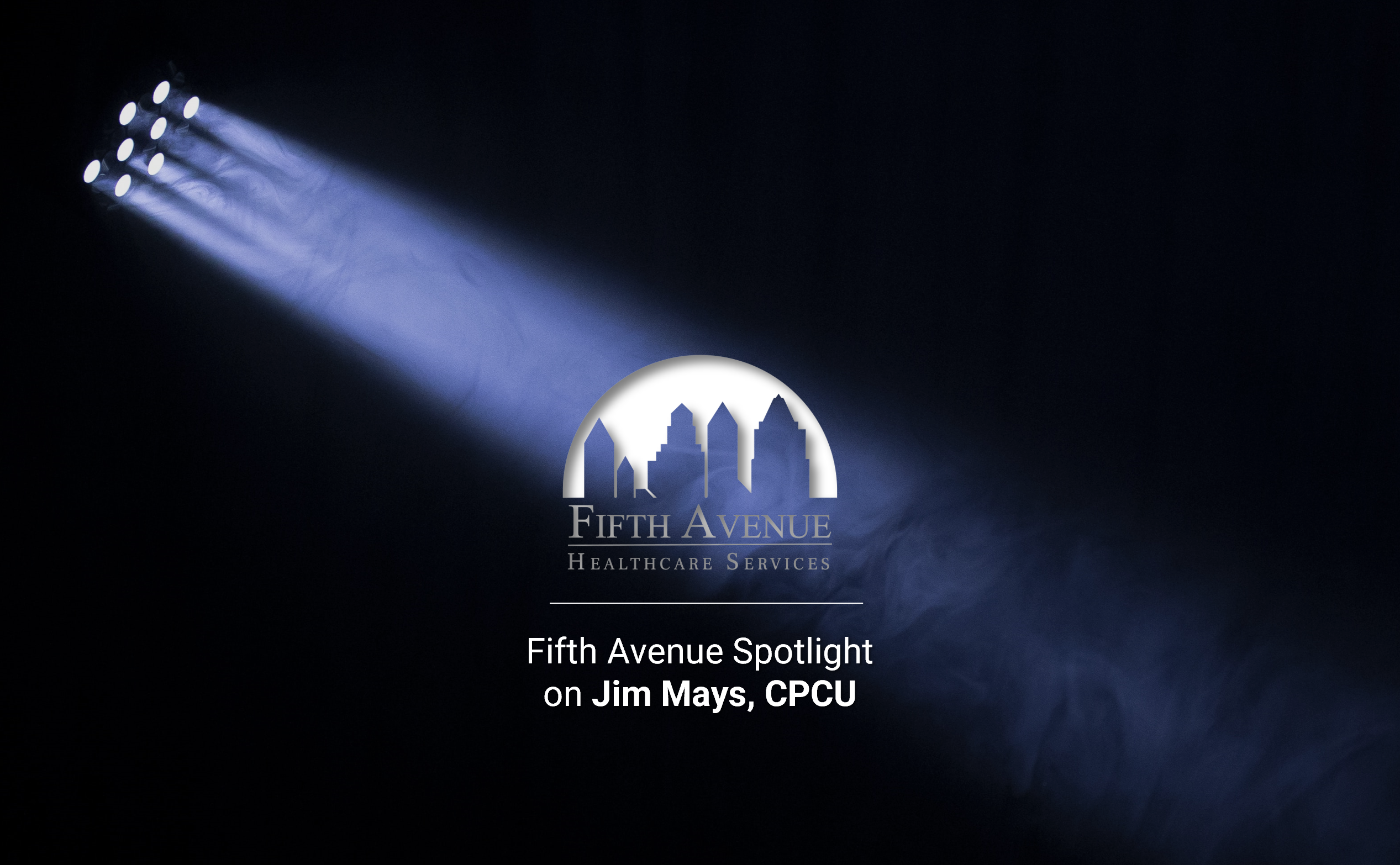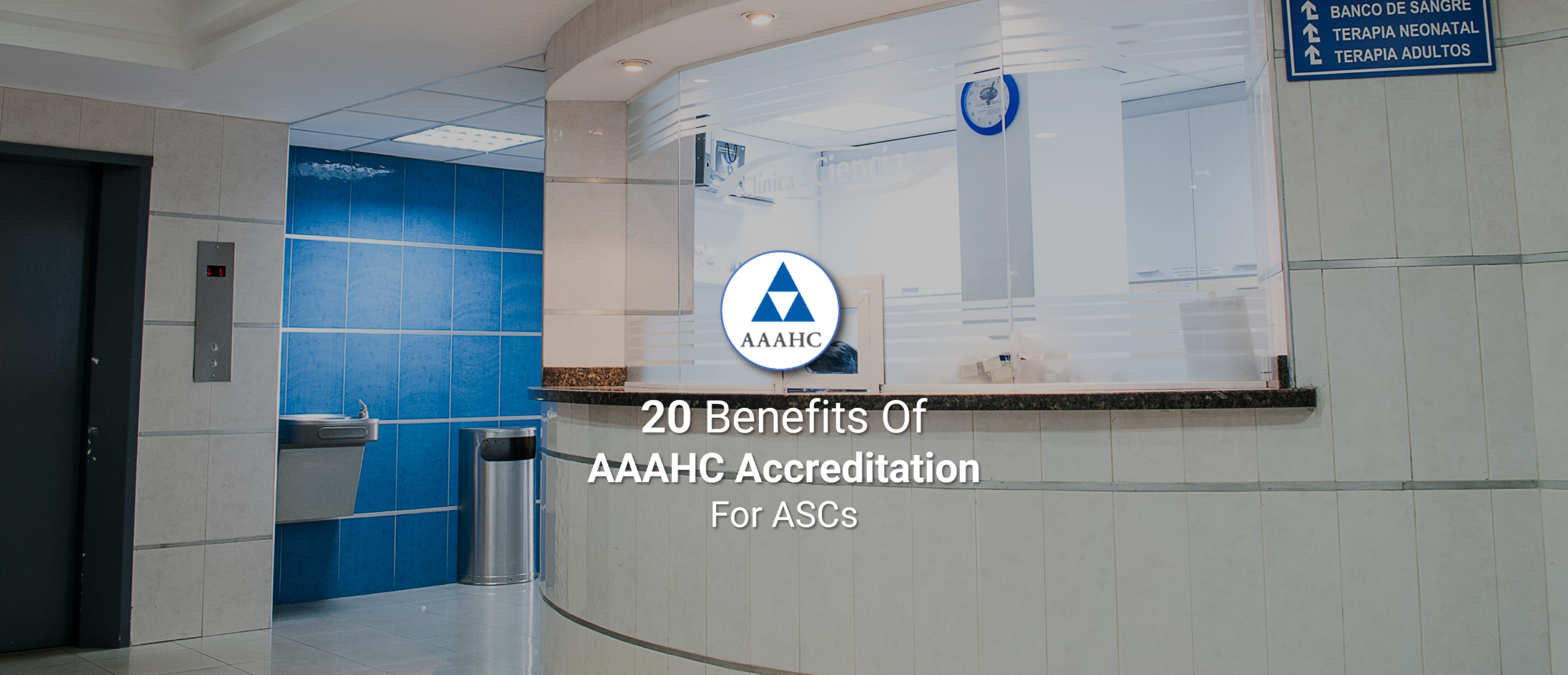As the COVID-19 public health emergency subsides, pandemic health orders are quietly lapsing in some states. Telehealth patients may find their access severely limited or outright unavailable.
Telehealth has allowed patients to be virtually treated by a healthcare provider over the Internet, eliminating the need for in-office visits. Under pandemic health orders, patients were allowed to see physicians licensed in other states. Once the orders expire, patients must find physicians in their state. Only 12 states in the country still permit virtual visits. California and New Jersey are expected to let their pandemic orders expire soon.
The Rise of Telehealth
The COVID-19 pandemic has forever changed how companies and consumers interact. This is probably most evident in the healthcare industry, where allowing patients to be treated via video call helped increase public safety and peace of mind.
Providers and insurance companies have been forced to change how they see patients and do business. The first quarter of 2020, when the pandemic ramped up, saw telehealth visits increase by 50%. Physicians had to keep up with demand. 66% of Medicare users reported their regular providers offered telehealth, an 18% uptick from 2019.
Another survey found that before the pandemic, approximately 2% of the University of California, San Francisco’s outpatient appointments were via video call. The percentage jumped to 60% during COVID-19’s peak.
More statistics lend credibility to telehealth’s potentially long-term popularity:
- According to a 2022 Census Bureau’s Household Pulse Survey, 1 in 4 respondents reported using telehealth services in the previous four weeks.
- The same survey found that the highest rates of virtual visits were among those with Medicaid (29.3%).
- The American Hospital Association found that 76% of hospitals in the United States connect with patients and medical consultants via video.
- 35% of people would probably replace their primary care providers with those who practice through telehealth.
- Another survey concluded that telehealth had inspired 40% of patients to communicate more with their physicians.
Telehealth’s popularity overshadowed the sneaky reality of the world after COVID-19, which was that the medical industry was not entirely ready for change with the times.
The Threats to Telehealth
Traditionally, healthcare providers must be licensed in the state where their patients are located, even if they are licensed somewhere else. If their state reverts to standard licensure regulations, patients who used to see doctors from anywhere in the country will not have that choice.
Johns Hopkins Medicine says that almost one in ten of its telehealth visits are with patients who live where the health system does not have physical operations. Now, office staff must confirm patients’ locations to see if they are eligible for telehealth visits.
Healthcare providers are typically licensed by their state medical boards. Proponents of this system claim it protects patients from harm and reduces the number of illegal prescription drug sales. However, opening the borders allows physicians nationwide to work together to treat patients and evolve their field. Patients could also see specialists from all over or without a practice in their region. Although they are well-intended, licensure regulations can dampen provider and patient expectations.
Hope for Telehealth
Telehealth supporters should not lose hope. One report suggests that policymakers want to see more evidence that telehealth does not replace in-person services or create opportunities for fraud before they invest in the practice. Positive patient satisfaction and a decrease in no-show visits spark serious interest among several states’ medical boards.
However, interstate licensure remains a sore spot among certain industry groups. Replacing the current medical review board structure to accommodate popular demand contradicts particular interests. Fortunately, the debates about this topic are far from over.
The Need for Fast Credentialing and Licensing
While the healthcare industry tries to adapt to telehealth, healthcare providers must still follow current rules. They must be credentialed and licensed before they can practice medicine. The process takes time – sometimes too much time. Fast credentialing and licensing can get providers to work quickly so they can see their patients sooner.
What is credentialing? Why does it take so long? Who can a provider turn to when they seek their license?
The Importance of Credentialing
Every legitimate healthcare provider must be appropriately credentialed. Patients should feel confident that their physicians are qualified to practice medicine. They place their lives in the hands of others.
Credentialing can eliminate providers incapable of practicing medicine or with histories of negligent action. It can help reduce the number of patient injuries and deaths. Medical practices and other relevant organizations that push their providers through the credentialing process can lower their chances of dealing with costly medical malpractice lawsuits.
Credentialing is also necessary before providers can enroll in health plans and networks. Insurance companies do not want poorly performing physicians on their plans, and negligent doctors can cost them big money if they continue their careless methods.
Traditional credentialing consists of 52 intricate and time-consuming steps that include office staff and administrators:
- Sending, tracking, and receiving the provider application packet.
- Obtaining the provider’s release and privilege forms.
- Reviewing the disclosure’s questions and answers.
- Evaluating the explanations of time gaps and claims history.
- Assessing medical malpractice claims history.
- Acquiring applicable certificate copies of Board, ECFMG, Medical School, Internship, Residency, Fellowship, and two years CME.
- Obtaining copies of government-issued photo ID, Malpractice, DEA, and CDS, as well as CPR, ACLS, and PALS certificate copies.
- Acquiring TB, MMR, varicella, and flu vaccination records.
- Obtaining an Allied Health Professional’s Supervising Physician’s Statement.
- Verifying Board certification.
- Reviewing and confirming AMA and AOA Profile.
- Authenticating medical school internship, residency, fellowship, and affiliations.
- Collecting professional peer references.
- Researching primary and out-of-state licenses for disciplinary actions.
- Getting a copy of the provider’s current certificate of insurance.
- Performing an extensive 10-year criminal background check.
- Running a National Practitioner Data Bank query.
The standard credentialing process can take an average of 90 to 120 days. During this unsteady economic climate, 90 days can be too long for medical organizations to wait for revenue. They need to get paid to remain solvent, and they need to have their providers credentialed faster. What if something goes wrong during the process? They will have to wait even longer.
If problems happen during any 52 conventional credentialing steps, credentialing can easily stretch past the 120-day window. Medical practices could suffer bankruptcies during this time. Conventional credentialing takes too long, but it does not have to.
5ACVO’s Faster Credentialing
5ACVO is a member of Fifth Avenue Healthcare Services. We have streamlined the credentialing process for healthcare providers and their practices. We have taken the conventional 52 credentialing steps and passed them down to 6 simple steps.
Medical organizations can get their physicians to work faster when to receive a fully credentialed file; all they have to do is:
- Provide 5ACVO with a signed release.
- Evaluate the completed file from 5ACVO.
- Present the evaluation to the necessary Board for a decision.
Sometimes, our providers can start billing one month after beginning the process. Faster credentialing also results in less work for providers and office staff. Fifty-two tedious steps to credential a provider take time and resources. We can free your staff from tracking down forms, confirming certificates, and everything else the process demands. Your team can devote their time to their patients.
We want to help you serve as many patients as possible while generating efficient revenue. Our smarter credentialing can reduce your credentialing processing time, which increases available billing time. Our services are typically 5-7 days faster than in-house credentialing. They can also reduce risk. By removing and replacing the most critical hazards from credentialing, we can provide our providers with the most effective control of the process. Less risk means more rewards.
More information about 5ACVO
5ACVO is an NCQA Credentialing Accredited specializing in credentialing and primary source verification and is part of the Fifth Avenue Healthcare Services family. 5ACVO sister companies include Fifth Avenue Agency (MPLI and medical malpractice insurance specialists) and Primoris Credentialing Network (credentialing and provider enrollment specialists with 54+ health plan and network provider enrollment options).
This article was initially published by 5ACVO here. For more information on 5ACVO, please visit 5ACVO.com or Contact Us.
















